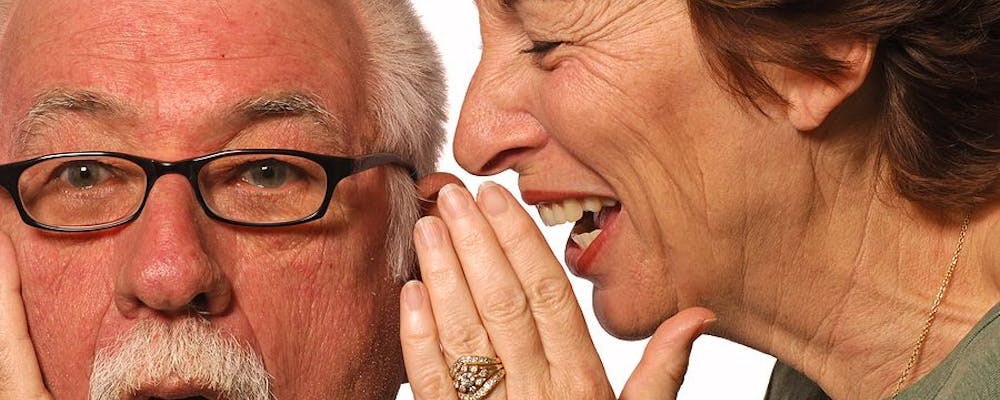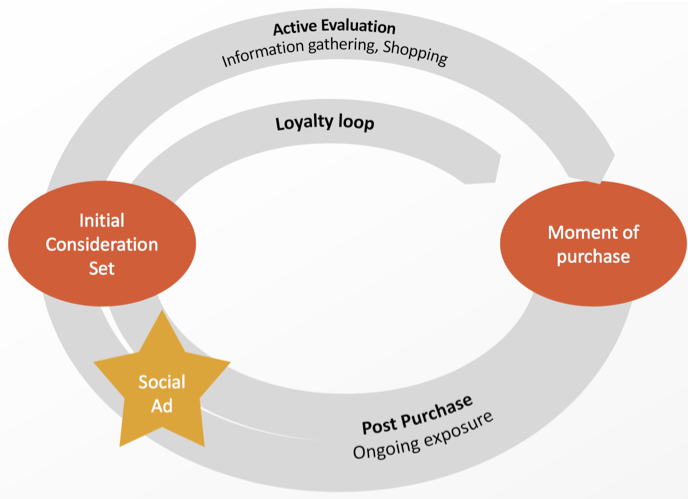Spring is here, and that means you may be gearing up to do some hefty cleaning at home or in the office. But spring cleaning can be accomplished in other ways as well. This is a great opportunity to revamp your marketing strategies by cleaning out some of the “marketing cobwebs” you’ve been ignoring for too long.
The best way to start is by approaching your business from the position of a prospective patient.
It’s practically impossible to know the exact number of times your business is showing up online, but we can safely estimate it’s more than 300. There are so many online reference points for your physical therapy practice that if you aren’t optimized across a variety of different channels, you risk getting lost in the weeds. So how can you possibly know where to start? In order to get a handle on what potential patients are seeing and how best to cater to them, you should start with the most important web properties.
Begin with what I like to call the Big Five: Google, Yelp, Facebook, Apple Maps, and Bing. These are the essential online places that prospective clients use to help make decisions about who they want to see for PT care. If your business isn’t optimized on these sites, then it makes it that much harder for people to find you. They may go to the wrong location, or they may miss various services you offer.
Use these sites as though you’re a patient looking to find a new physical therapist. Each site has its own unique features that are slightly different than the others, but in general, they offer many of the same functions you should thoroughly explore.
First, do a simple search in their main database or search engine for your brand name (e.g., Acme Physical Therapy).
Type it into the search bar and take notes about what appears on the page. Where are you listed? What catches your eye? Are the images up to date? Is the information accurate? How difficult or easy is it to navigate to sites that are connected to your business?
Next, do a geographic search for physical therapy in your city. All of the Big Five sites I’ve mentioned have features that allow users to search for businesses based on location. When you navigate to these pages on each site and search for your business in your city, what do you see? Is the listing accurate? Is it displayed in a way that’s easy to understand?
How many reviews do you have compared to your competition? Are the small details (metadata and images) useful and representative of your practice?
Also do a general search for your physical therapy business and look at your maps listings. What comes up then?
The third step applies specifically to Google, Bing, and Apple Maps. These three sites have functionality that provides driving directions by way of Google My Business, Bing Places for Business, and the Apple Maps app on iPhones. When you navigate to each of these sites and search for your business, how does it appear? Ask yourself the same questions you did for a normal search engine site, and remember that for businesses, these subsequent sites are just as important as Google and Bing natural/organic listings.
Understanding exactly what your potential patients are seeing when they look for you is critical to keeping business coming through your doors. Potential patients want a fast and friction free experience when they are searching for a PT practice. Optimizing your online presence is the key to doing that. But you don’t know what your potential patients will experience until you try it yourself.
Need help getting your PT Online Marketing Right?
We can help. Click here to schedule some time with David Straight, DPT & co-owner or call 760-585-9097
Physical therapy online marketing is affordable and doing it right is a must. Contact us today!


































